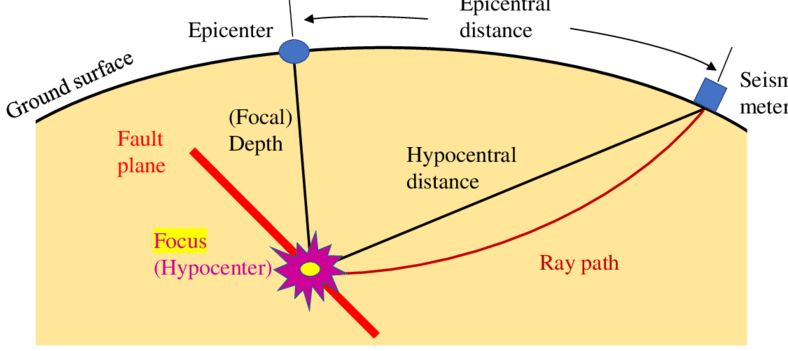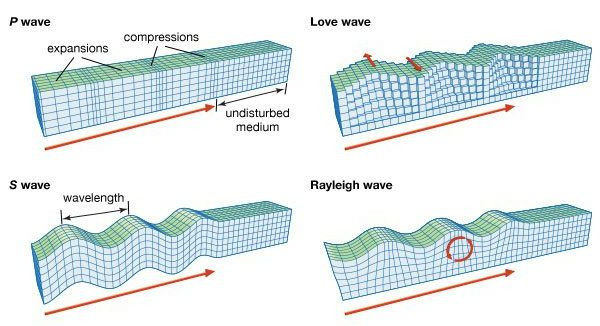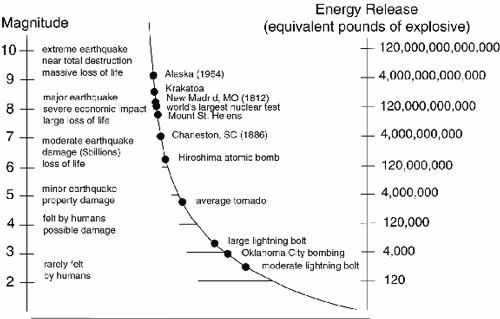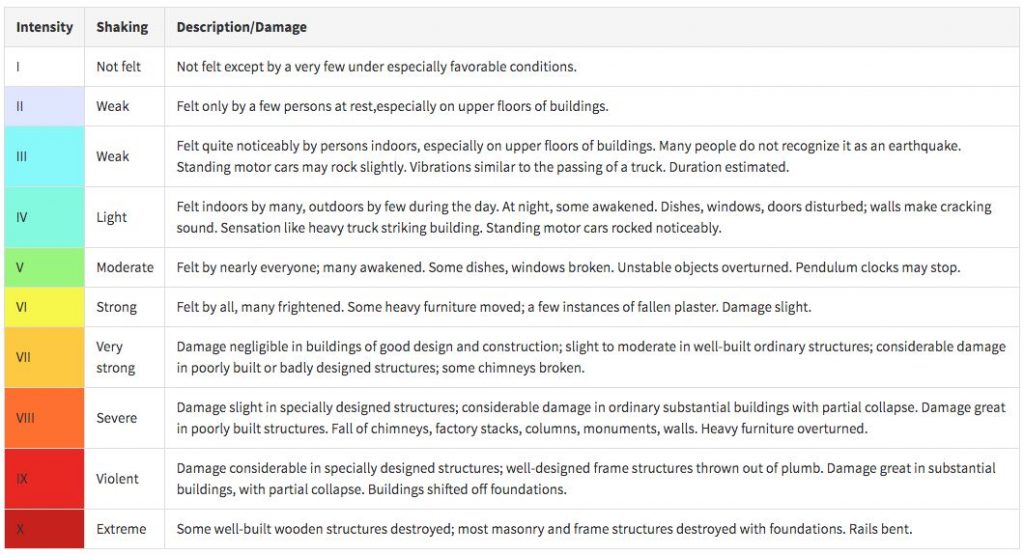Engineering seismology is concerned with the impacts of earthquakes on people and property, as well as ways to mitigate those effects. Faulting is a sudden lateral or vertical displacement of rock along the rupture surface that causes earthquakes.
An earthquake is the disturbance of the earth induced by the passage of seismic wave radiation from a source of elastic energy. The focus or hypocentre is the location where the rupture begins or an earthquake is generated. Epicentre is the place on the earth’s surface directly above the focus of an earthquake. The focal depth of an earthquake is the depth of the focus below the earth’s surface.

Type of seismic waves:

Systematic waves: It is the largest train of energy released during an earthquake and travels as seismic energy in all directions through the earth layers refracting and reflecting in each interface.
They are further classified into body waves and surface waves:
Body waves: These are the type of waves that travel through the earth in all directions and to all depths.
Body waves are further classified into P waves and S waves.
P waves:
- These are longitudinal waves.
- They are the fastest.
- Compressional waves.
- Resembles to sound waves.
- Capable of travelling through solid-liquid and gases.
- First to reach the systematic station.
- The ground is alternatively compressed and deleted in direction of propagation.
S waves:
- These are transfer waves.
- They are slower compared to P waves.
- These are Shear waves.
- Resembles that of light waves.
- Travels only through solid surfaces.
- The ground is displaced perpendicular to the direction of propagation.
- Maximum destruction in association with l-waves.
Surface waves: These are the types of rays that travel through the surface of the ground.
Surface waves are further classified into L waves and Rayleigh waves.
L waves:
- Surface motion is similar to that of S waves.
- Does not include a vertical component.
- They are dispersive in nature.
Rayleigh waves:
- Particles oscillate in an elliptical path.
- Include these include vertical components.
- They are not dispersive in nature.
Measurement of an earthquake:
1. Magnitude:
Magnitude is a quantitative measure of the actual size of earthquake earthquakes that are often classified into different groups based on their size. The magnitude of an earthquake is a single number and does not vary from place to place. Each magnitude is based on the direction of what is the measurement of seismic waves.
| Magnitude | Effect |
| 2.5 | Not felt but recorded |
| 4.5 | local damage |
| 6 | Destructive in nature |
| 7 | Serious Damage |
| > 8 | Total destruction |

2. Intensity
Intensity is a quantitative measure of actual shaking at a location during an earthquake and is assigned in Roman capital numerals. There are many intensity scales commonly used or modified Mercalli intensity scale and MSK scale. Both skills are quite similar and range from 1 to 12 the intensity scales are based on three features of shaking perception by the people and animal’s performance of building and changes to the natural surroundings. The intensity of the earthquake becomes weak outside the epicentre.

Types of earthquakes:
Tectonic earthquake:
The most common type of earthquake is tectonic earthquakes these are produced when the rock breaks suddenly in response to various geological forces. Tectonic earthquakes are significantly important to the study of the earth’s interior and of tremendous social significance because they pose a greater hazard. 95% of the world’s seismic energy is released by tectonic earthquakes.
Volcanic earthquake:
The second well-known type of earthquake accompanies volcanic eruption. A volcanic earthquake is still defined as one that occurs in conjunction with volcanic activity but it is believed that while eruption the earthquake both result from tectonic forces in the rocks they need not walk together. The actual mechanism of field production in a volcanic earthquake is similar to that of a tectonic earthquake.
Interplate earthquakes:
Earthquakes occur along the edge of the interacting plates.
Intraplate earthquake:
Earthquakes occur within the plate boundaries.
